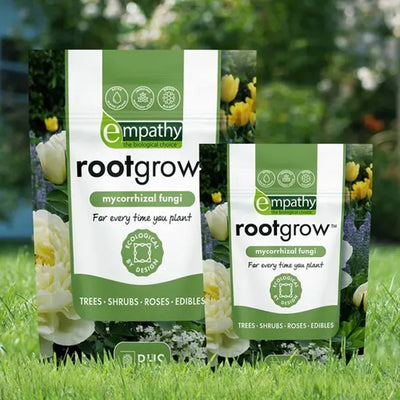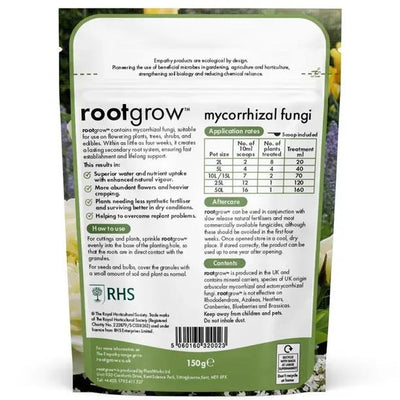Mirabelle de Nancy Plum Trees
'Mirabelle de Nancy' this truly dual-purpose tree is tangy-sweet when eaten fresh and tart enough to cook really well in a pie or classic French tarte. It also makes a superb jam. The fruit are quite small and the stone in the centre is very loosely attached, which is handy when you are preparing lots of them for cooking. They'll conveniently develop a bit of a pink blush on their golden skin when they're ripe.
Browse our range of plum & mirabelle trees or the full variety of fruit trees.
Features
- Traditionally used for cooking, good to eat fresh
- Partially self fertile.
- Free-stone
- Crops in Late August.
- Pollination group E
- RHS Plants for Pollinators
Growing Mirabelle de Nancy Plum Trees:
Rich soil is important - dig in plenty of good manure and compost before planting.
Soil drainage must be good.
The more sun your trees get the better your crops will be.
Mirabelle de Nancy Rootstocks:
Please note that all our Mirabelle de Nancy trees are on St Julien A rootstocks unless otherwise described.
Pollination Partners for Mirabelle de Nancy:
Your trees must be pollinated to make fruit. Your trees are in pollination group E, which means that they'll cross pollinate with trees in groups D and E of our plum tree pollination table.
Details about delivery sizes: Guide to Fruit Tree Sizing.
History & Trivia
This is an ancient variety that probably came to France from the Eastern Mediterranean in the 1400's. The name Mirabelle de Nancy was first recorded in the 1700's, by which time the tree widely cultivated in the region formerly known as Lorraine, which today is part of Grand Est.
Please note that our 2 year old half standard trees and our one year old maiden trees are on St Julien A rootstocks, whilst our two year old bush size trees are on a Pixy rootstock.

 Secure, One-Tap Checkout
Secure, One-Tap Checkout
 Hand Picked, Delivered to Your Door!
Hand Picked, Delivered to Your Door! 1 Year Bareroot Guarantee
1 Year Bareroot Guarantee















